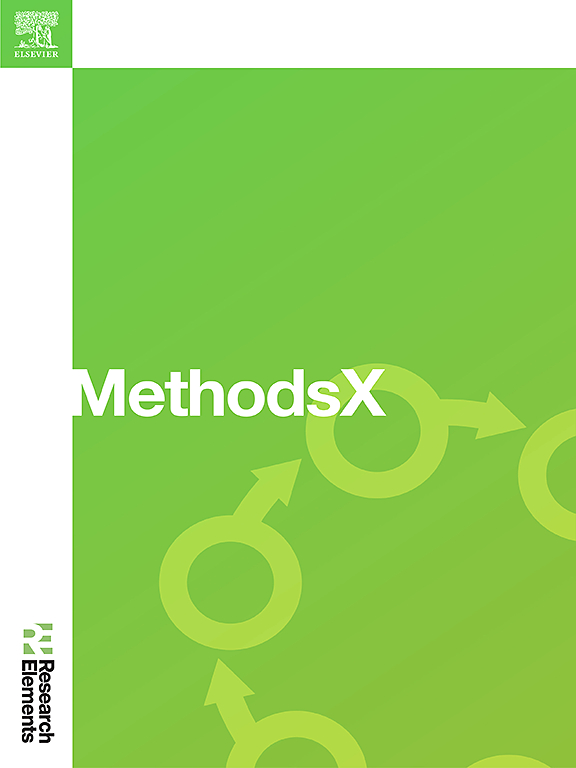In vivo proximity-labeling with miniTurboID to screen for protein-protein interactions in the filamentous ascomycete Sordaria macrospora
IF 1.6
Q2 MULTIDISCIPLINARY SCIENCES
引用次数: 0
Abstract
The Biotin Identification (BioID) method applies proximity-dependent labeling of co-localizing proteins to screen for protein-protein interactions in vivo. Therefore, the protein of interest (POI) is fused to a promiscuous biotin ligase. This ligase covalently biotinylates proximal proteins, which allows their specific enrichment and subsequent identification by mass spectrometry. In recent research, the BioID method was applied in the filamentous ascomycete Sordaria macrospora using a codon optimized TurboID ligase. In this study, we applied a smaller variant of the TurboID biotin ligase, named miniTurboID to perform BioID experiments in S. macrospora. Here, we provide a comprehensive and detailed guideline of experimental steps for the application of BioID in filamentous fungi.
- •The BioID method screens for protein-protein interactions via in vivo labeling of nearby proteins through a biotin ligase, which is fused to the POI
- •TurboID and miniTurboID ligases can be used for BioID experiments in the filamentous fungus Sordaria macrospora
用miniTurboID进行体内接近标记以筛选丝状子囊菌大孢子索达菌中蛋白-蛋白相互作用
生物素鉴定(Biotin Identification, BioID)方法应用共定位蛋白的邻近依赖标记来筛选体内蛋白-蛋白相互作用。因此,感兴趣的蛋白(POI)被融合到混杂的生物素连接酶中。这种连接酶共价生物素化近端蛋白,使其特异性富集和随后的质谱鉴定成为可能。在最近的研究中,使用密码子优化的TurboID连接酶将BioID方法应用于丝状子囊菌Sordaria macrospora。在这项研究中,我们应用了TurboID生物素连接酶的一个较小的变体,命名为miniTurboID,在S. macrospora中进行了BioID实验。在此,我们为BioID在丝状真菌中的应用提供了一个全面而详细的实验步骤指南。•BioID方法通过与POI融合的生物素连接酶在体内标记附近的蛋白质来筛选蛋白质-蛋白质相互作用•TurboID和miniTurboID连接酶可用于丝状真菌Sordaria macrospora的BioID实验
本文章由计算机程序翻译,如有差异,请以英文原文为准。
求助全文
约1分钟内获得全文
求助全文
来源期刊

MethodsX
Health Professions-Medical Laboratory Technology
CiteScore
3.60
自引率
5.30%
发文量
314
审稿时长
7 weeks
期刊介绍:
 求助内容:
求助内容: 应助结果提醒方式:
应助结果提醒方式:


